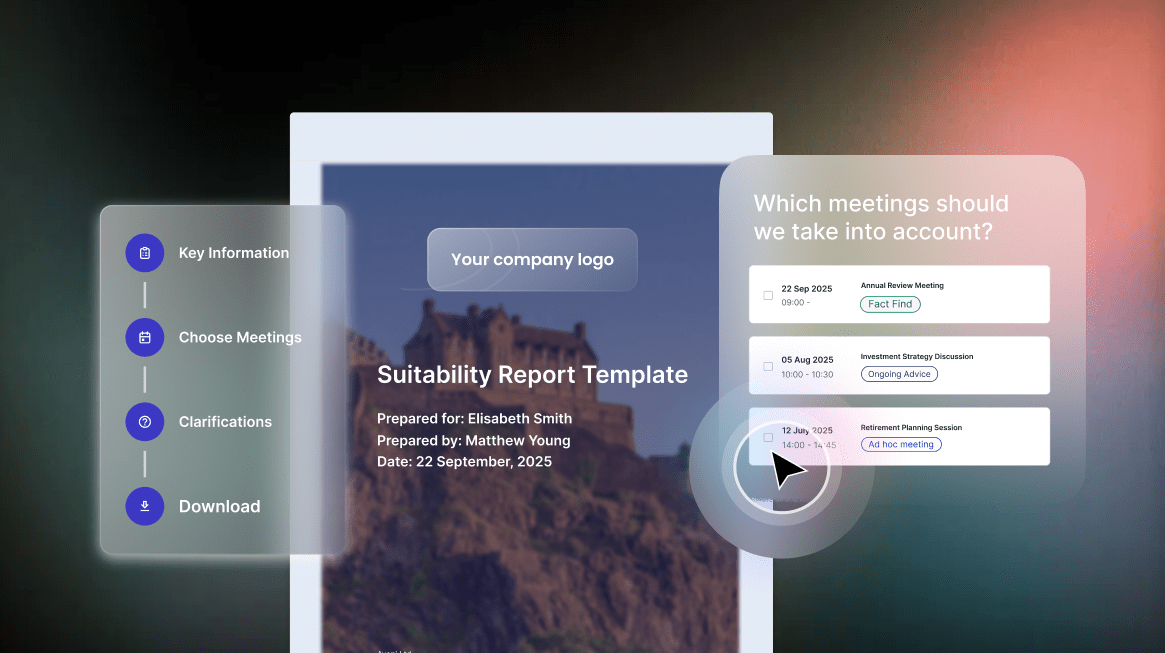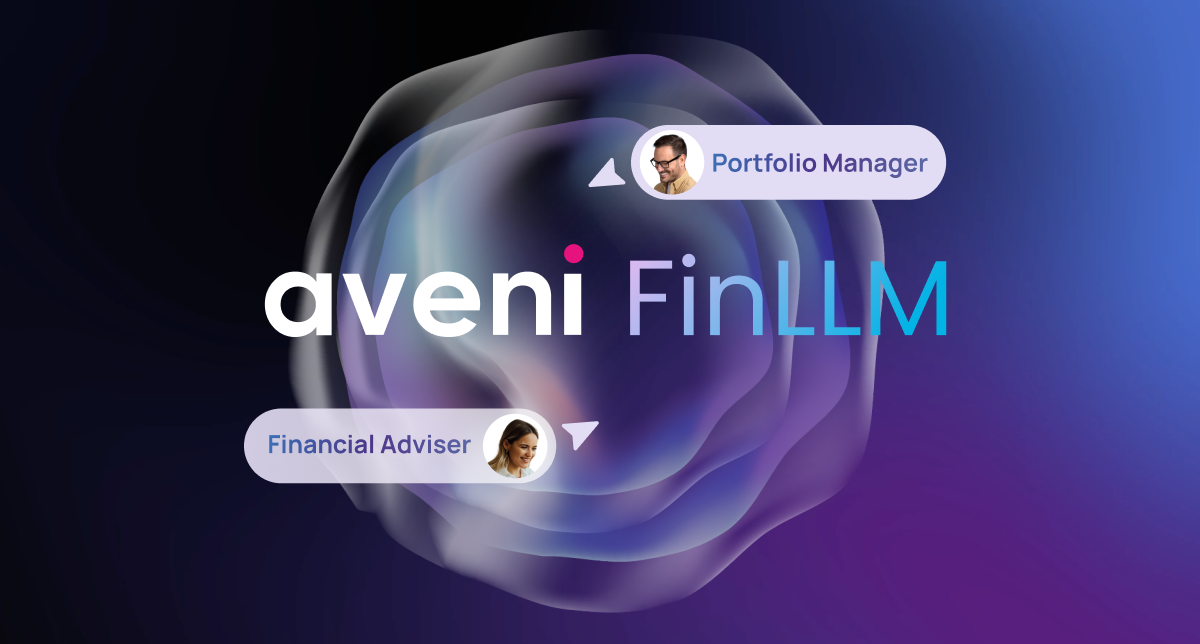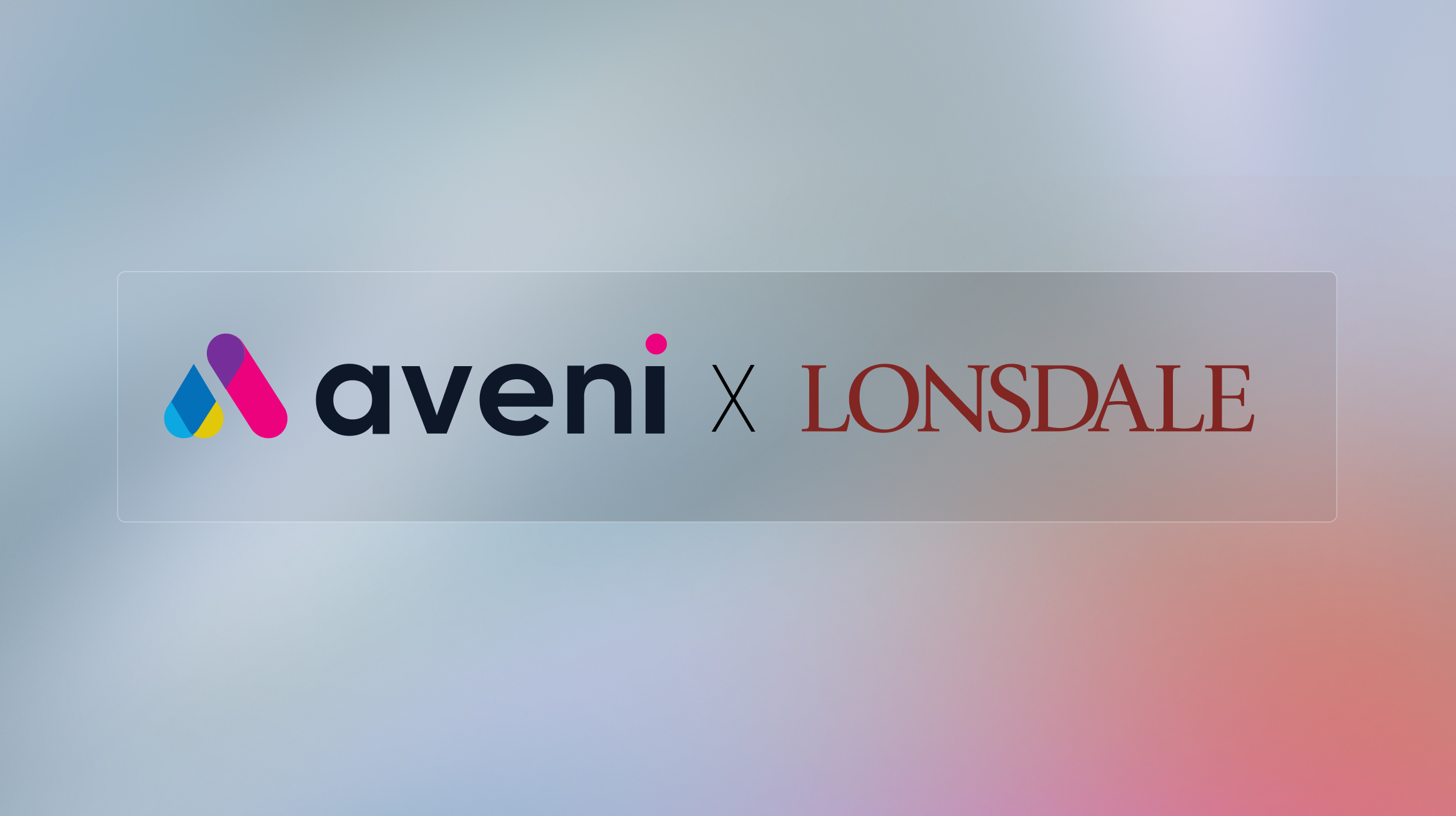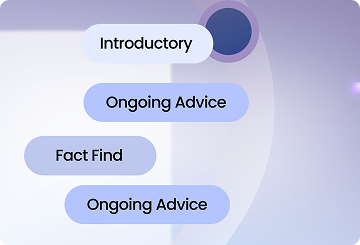A Conversation With Our Senior Product Designer on Aveni’s Champion Network and Designing With Customer Voice
Introduction
At Aveni, building products isn’t a one-direction process. Instead of asking for feedback after launch, the team has created formal pathways for advisers to shape what is built before it exists. Leading this work is Sapir Yaakov, Senior Product Designer, who has established the Aveni Champions Network, a group of real users invited to influence features, flows and future direction.
This interview explores how Sapir brings users into the centre of product design, why intuition matters, and how advisers are becoming active contributors to Aveni Assist.
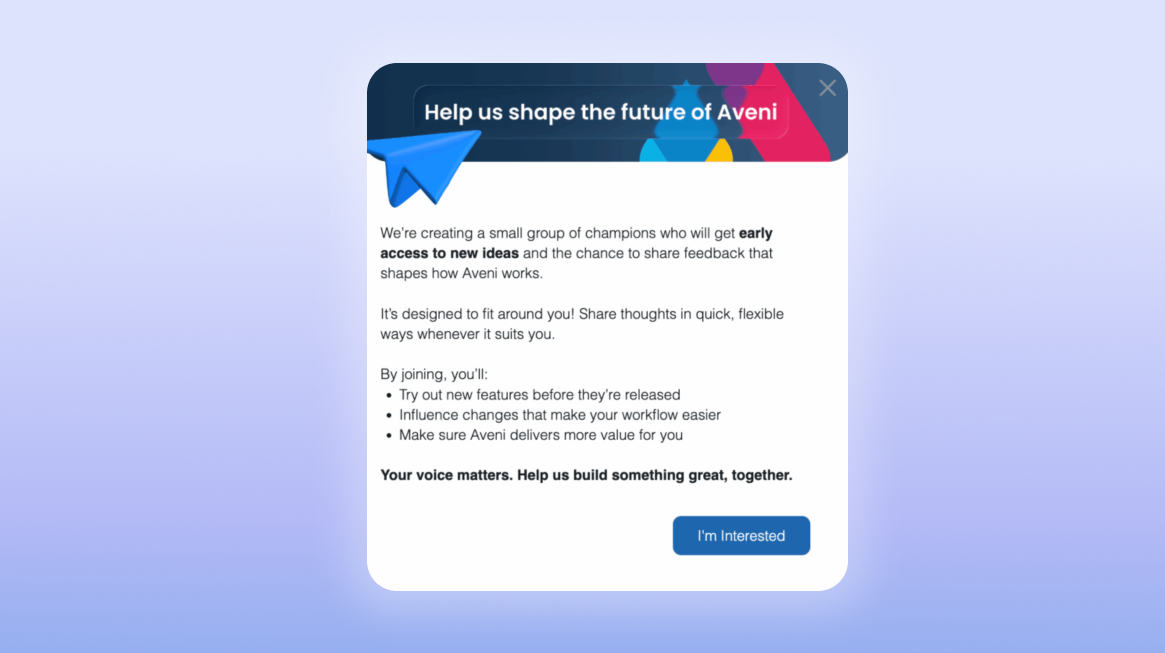
A Champion is Born
Q: Sapir, in your own words, what is an Aveni Assist Champion?
A: Aveni Assist Champions are a group of users we collaborate with throughout the design process. They test new ideas, share honest feedback, and help us understand how Aveni Assist fits into their real workflows. That direct input is incredibly valuable. It means the product isn’t just built for users, it’s built with them.
Creating the Aveni Champions Network
Q: How did the Champions Network begin?
A: We wanted users involved earlier, before the Designs became fixed. Traditionally in Aveni, feedback used to arrive after a release of a feature, which was too late in the process. I wanted a space to test ideas while they were still flexible.
We launched a short opt-in through Pendo asking if users wanted to help shape Aveni Assist. Ninety people said yes. That showed a clear appetite for involvement. From my experience, the fact that 90 people have consciously opted in to being in the loop of design means a lot about our user base and their willingness to be involved in the earlier design process.
How Champions Contribute
Q: What does being a Champion involve in practice?
A: Champions review concepts before development. They see prototypes, navigation paths and interaction flows. I ask simple questions: Does this fit your day? Is anything unclear? Would you use this?
There is no presentation format. It is direct and practical. If something feels unnecessary or confusing, I encourage them to say so. Their input guides the priority and direction of the designs.
Q: How do you build trust with users so they feel comfortable being brutally honest?
A: I try to make it clear from the start that honesty is what we value most. We’re not looking for compliments, we’re looking for truth. I also frame every session as a conversation, not a test. If something doesn’t make sense, it’s the design that failed, not them. That shift helps people relax and speak freely.
Q: What kind of feedback is most valuable to you: praise, criticism or confusion?
A: Confusion is gold. Criticism tells you what isn’t working, but confusion tells you why. It’s often a sign we’ve missed a mental model or made an assumption that isn’t true for the user.
“If something doesn’t make sense, it’s the design that failed, not them.”
Turning Feedback into Process
Q: How do you manage communication with the group behind the scenes?
A: There’s a fine line between getting quick & early feedback from the Champions, and bombarding them with requests and ideas. That’s why we share a ‘release’ calendar between myself and Marketing, and keep a close eye on what comms are coming out to the users.
How the Champions Network works
Early concepts
Preview designs and ideas in short tests.
Usability sessions
Try flows, share friction points and suggestions.
Beta access
Get features early and help finalise release notes.
Why Design for Advisers Matters
Q: Sapir, what drew you to designing for advisers and financial services?
A: I care about building tools that carry responsibility. In financial services, every decision has consequences. Advisers balance clients, compliance and deadlines. If a product causes friction, they will abandon it. I’m motivated by the idea that good design in this space can create real relief. That matters more to me than interface decoration.
Designing for Adviser Intuition
Q: How do you define intuitive behaviour in a product?
A: If someone needs help finding a function, it is not intuitive. Intuition aligns with how people already think. Advisers think in flows, not features. They move from conversation to context to documentation. The product has to follow that order.
Prompts should remove doubt. Controls should respect judgement. The best outcome is when someone says they did not notice the tool while using it. That is when design is working.
Q: How do you design for someone who may never tell you they’re confused?
A: I watch what they do, not just what they say. Hesitation, extra clicks, workarounds, those behaviours often reveal confusion people won’t admit out loud. Usability testing is crucial for uncovering those signals.
Q: Has designing for regulated work changed how you think about simplicity?
A: Definitely. I’m coming from the healthcare industry, another heavily regulated domain that requires precise, simple actions quickly. Simplicity in regulated environments isn’t about stripping things away, it’s about making complexity understandable. We have to present the right information clearly without oversimplifying what’s important.
When Champions Shift Direction
Q: Can you recall a moment when Champions altered your approach?
A: While testing our new feature, Aveni Protect, we used a lot of user feedback to get into the right layout that felt intuitive to the user. I had my own idea of what would be an intuitive design, but was proven wrong by a couple of Champions who struggled with the layout, causing me to get back to the drawing board and redesign it!
Q: Have advisers ever pointed out something you didn’t expect them to notice?
A: Yes, quite often. They pick up on micro-interactions or context-specific details that we, as designers, might overlook. It’s a good reminder that expertise doesn’t always come from inside the building.
Advisers Taking Ownership
Q: Some Champions have shared their involvement publicly. What does that indicate to you?
A: To me, it shows that they don’t just see themselves as testers, they feel like collaborators. When someone like Sam Fidock shares their involvement publicly, it’s a sign that they’re invested in the product and proud of the impact they’re having. That kind of trust and enthusiasm is invaluable for me and for the future of Aveni Assist.
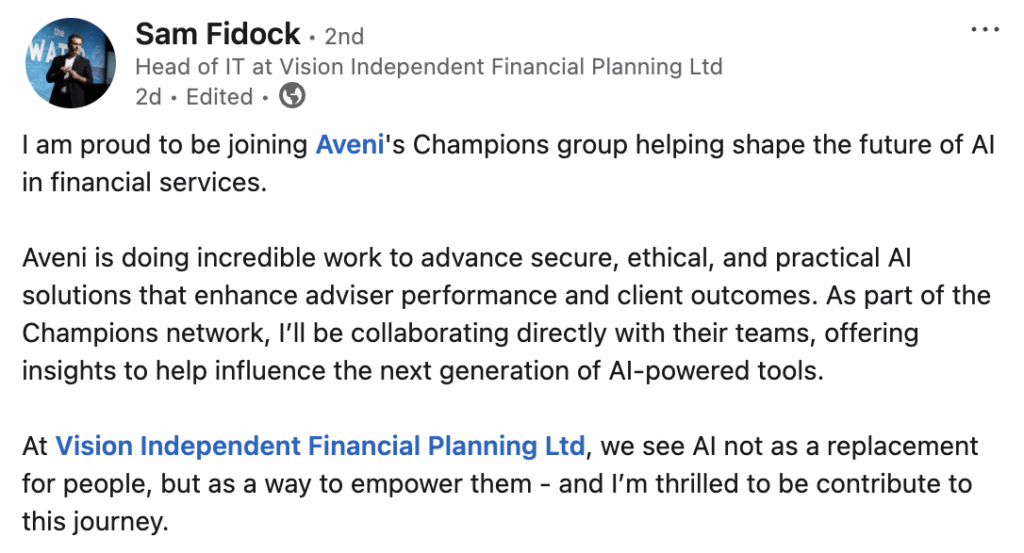
“They don’t just see themselves as testers, they feel like collaborators.”
What Comes Next
Q: Where do you want to take the Champions initiative?
A: I’d love to see the Champions initiative grow into an even closer, ongoing partnership with our users. Right now, they’re helping us test and validate ideas, but there’s so much potential to involve them earlier, from shaping discovery questions to co-creating solutions. The closer we work together, the more confident we can be that what we’re building truly fits their needs.
Q: What do you hope advisers say about Aveni Assist five years from now?
A: I hope they say it’s a product that genuinely understands how they work. Not just a tool they use, but one they trust and rely on to make their jobs easier and their advice stronger.
Q: If the Champions Network grows, what must never change about it?
A: It must always feel personal and collaborative. As it grows, we have to keep that direct, honest dialogue. Users should always feel like their feedback shapes real decisions.
Invitation to Future Champions
Q: What would you say to an adviser considering joining the network?
A: I’d say it’s a great opportunity to have a real influence on the product you use every day. As a Champion, your feedback doesn’t disappear into a void, it directly shapes how Aveni Assist evolves. It’s also a chance to share your perspective, learn about what’s coming next, and make sure the tools you rely on are built with your real needs in mind.
Closing Reflection
Aveni’s Champions Network represents a commitment: real collaboration with the people who rely on our tools. This is not product research. It is co-creation. The strongest systems in financial services will be those shaped by lived experience, not assumptions.
Interested in contributing to Aveni Assist?
If you would like to participate in future product sessions or Champion groups, fill out this form to request a spot. Your insight may shape what comes next.
